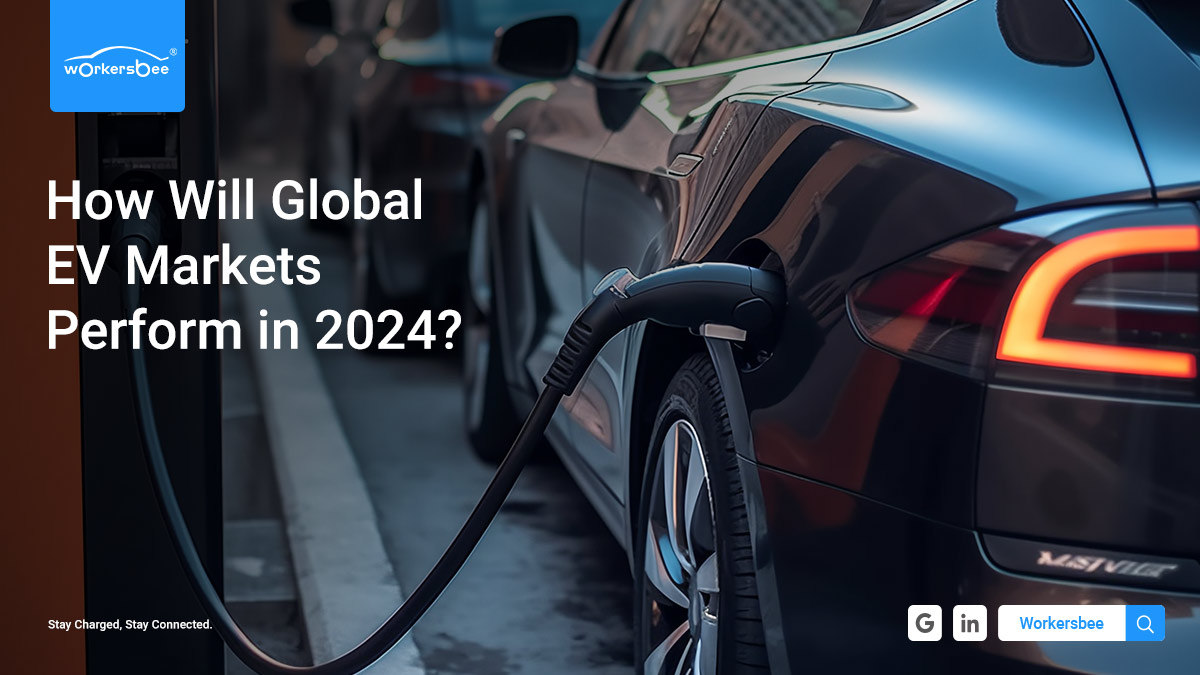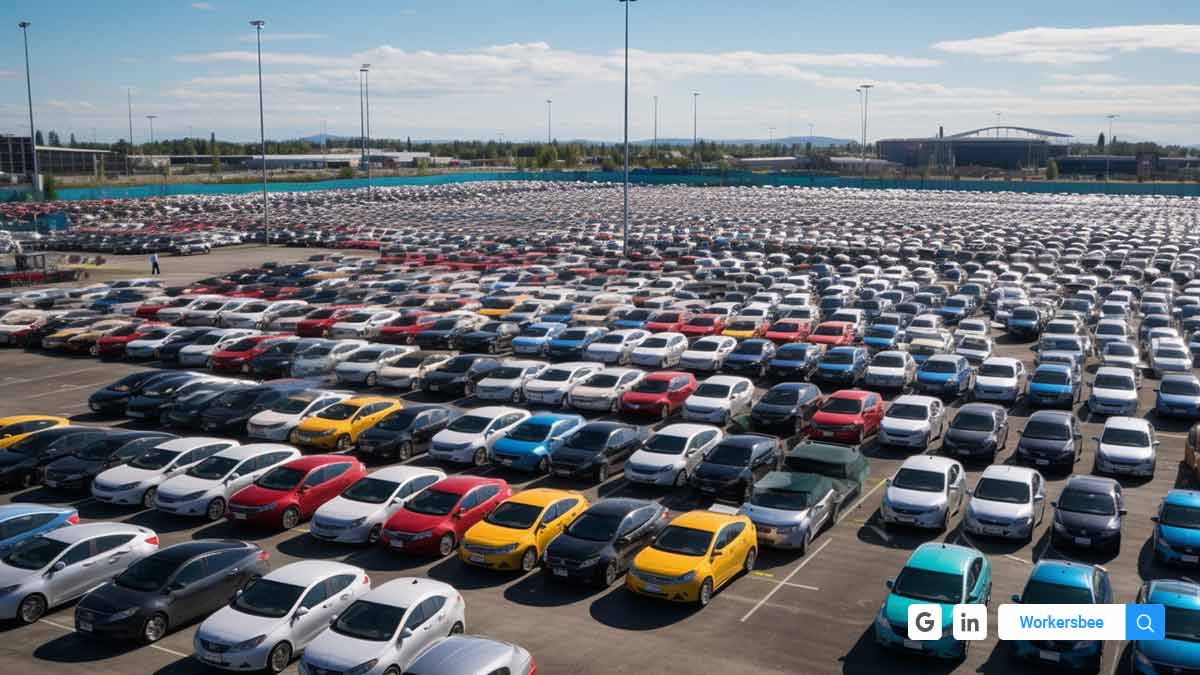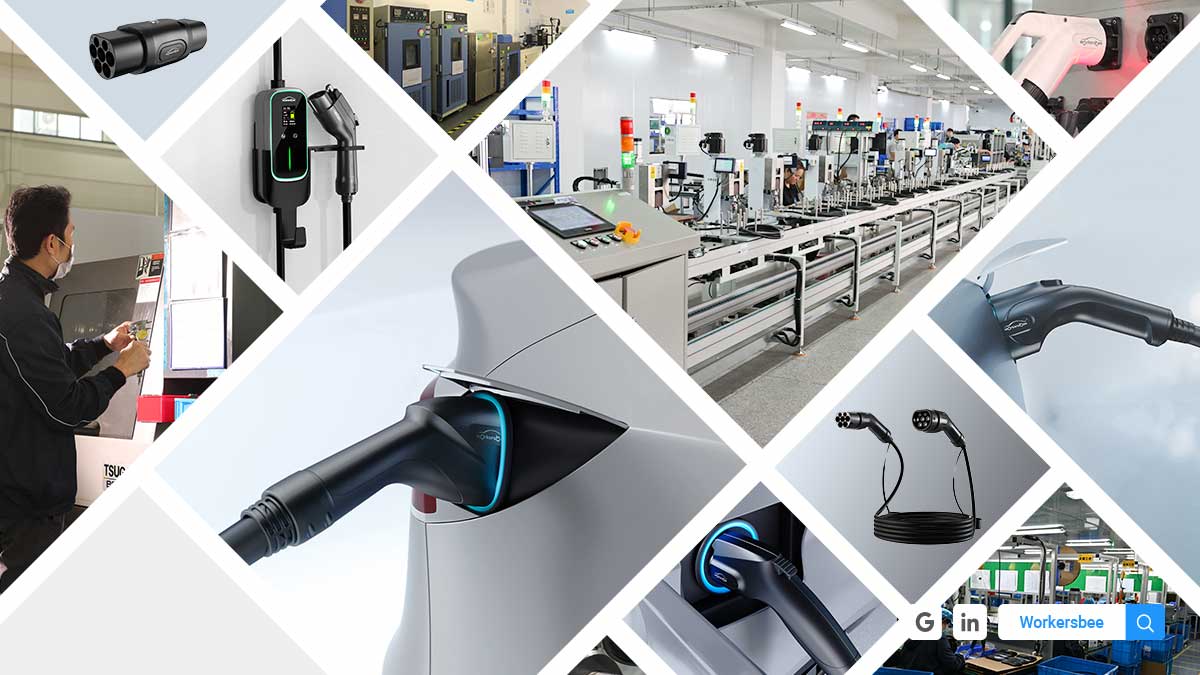

How Will Global EV Markets Perform in 2024?
The performance of the global electric vehicle market is mixed. Some regions have impressive sales data (such as Norway), while others are relatively lagging. Let’s explore the future trends of the electric vehicle market together, and strive to rebuild confidence and boost the market.
2023 Market Review
According to data from the International Energy Agency(IEA), global electric vehicle sales (new registrations) approached 14 million units in 2023, an increase of 3.5 million units from the previous year, up 35% year-on-year, accounting for 18% of total vehicle sales, an increase of 28.6% of the prior year.
Although these global figures are positive, most contributions still come from a few major national markets.
In 2023, China’s new electric vehicle registrations reached 8.1 million units, with the traditional ICE market shrinking by 8%, but overall growth was still 5%.
In 2023, new electric vehicle registrations in Europe reached nearly 3.2 million units, an increase of nearly 20%. Some European countries even reached important milestones in 2023.
The United States saw 1.4 million new electric vehicle registrations in 2023, an increase of more than 40%. The results suggest that the new standards set by the Inflation Reduction Act (IRA) seem to have supported sales last year.
2024 Market Analysis and Forecast
Driving Factors:
1. Policy Promotion: Policy plays a crucial role in the development of EVs. Although some countries are reducing their vehicle purchase subsidies, measures such as promoting the construction of Charging Infrastructure and setting emissions standards are ongoing. These policies are conducive to enhancing the market appeal of electric vehicles.
2. Cost Reduction: As EV sales increase and production volumes rise, the costs of batteries and other key components gradually decrease. The overall cost of vehicles will also decrease, making electric cars more affordable, and further stimulating market demand.
3. Technological Competition: Intense industry competition drives continuous technological breakthroughs. Not only battery technology and Rapid charging technology but also technologies such as autonomous driving and V2X are flourishing. These will add more market competitiveness to EVs.
4. Consumer Demand: Consumers’ environmental awareness is increasing, and the driving experience and smart features of electric vehicles are increasingly favored by consumers.
5. Market Dividends: With the rise of the electric vehicle industry, more related industrial chains are also thriving and maturing, providing a nurturing environment for the popularization of electric vehicles.
The Outlook for Global EV Markets
The three major markets of China, Europe, and the United States account for two-thirds of global car sales, so the progress of these markets in transitioning to electric vehicles has an absolute impact on global trends.
In the United States, although the new tax credit guidelines indicate that the number of eligible models has dropped to less than 30, the demand and sales momentum for electric vehicles remain strong. A significant portion of this may come from leased vehicles.
Last year was the first year that China’s new energy vehicles operated without national subsidies for electric vehicle purchases, but the data still looks positive. This indicates that the transition of the automotive market has already shown a direction towards balance and maturity, and with the boost of exports, the sales of electric vehicles are expected to continue growing.
In Europe, with the cancellation of several subsidy policies, the growth of electric vehicle sales will be somewhat suppressed. It is expected that the growth rate of electric vehicle sales in Europe will be the lowest among the three major markets, but the overall share is still expected to account for about a quarter of the European car market.

New energy vehicles still face many challenges:
1. Battery Technology: Despite significant advancements in the industry, there are still difficulties and challenges in improving efficiency and energy density, breaking through range and charging speed, and ensuring safety.
2. Supporting Charging Infrastructure: The charging efficiency, quantity, and distribution of charging stations are still not optimal.
3. Global Subsidy Reductions: As markets mature, some countries have started to reduce or eliminate subsidies, which may dampen consumer purchasing intent.
4. Trade Barriers Among Countries: The electric vehicle industry chain requires cooperation between countries and regions. Trade barriers, such as tariffs,import-export restrictions, and supply chain instability between countries, may lead to increased production costs and suppress sales.
The development of the EV charging industry is one of the key factors influencing the growth rate of EVs.
The perfection of charging infrastructure (quantity, layout, uptime), sufficient convenience and reliability, reasonable charging costs, and advancements in charging technology all affect consumers’ confidence in transitioning to EVs, which in turn impacts the future direction of the EV market.

Workersbee’s Business Value
1. Strong Production and R&D Capabilities: With continuous investment in research and development, Workersbee can offer more advanced and efficient charging products.
2. Comprehensive Charging Product Lineup: Including AC/DC charging plugs, charging cables, portable EV chargers, and other charging products to meet commercial and residential needs, providing diverse choices.
3. Customized Charging Solutions: Offering tailored solutions based on your business needs and scenarios.
4. In-depth Local Market: With a global perspective, Workersbee understands the needs and preferences of your local market, providing products and services that better suit local consumer demands.
Conclusion
In summary, the global electric vehicle market in 2024 will continue to maintain strong growth momentum, but it will also need to face many challenges. It requires the joint efforts of policymakers, automakers, and charging equipment suppliers to enhance the consumer experience and actively respond to market changes.
Workersbee can provide your business with high-standard products, customized solutions, and attentive services. We are always open to your inquiries and look forward to the insights of your teams, to together unleash more business value and promote the development of the electric vehicle industry.